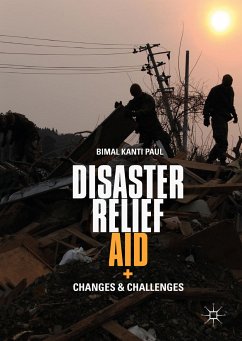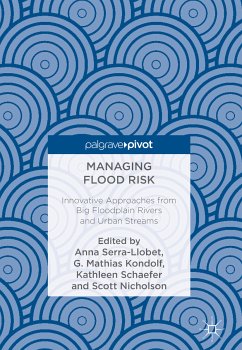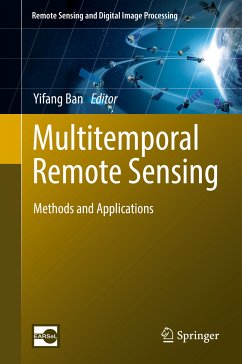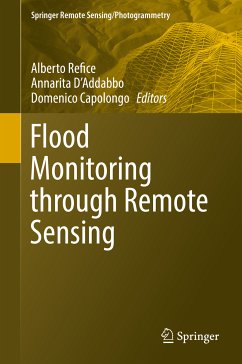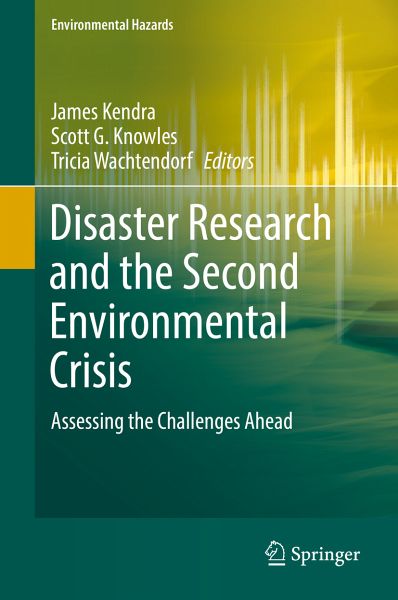
Disaster Research and the Second Environmental Crisis (eBook, PDF)
Assessing the Challenges Ahead
Redaktion: Kendra, James; Wachtendorf, Tricia; Knowles, Scott G.
Versandkostenfrei!
Sofort per Download lieferbar
104,95 €
inkl. MwSt.
Weitere Ausgaben:

PAYBACK Punkte
52 °P sammeln!
The book will probe the state of the art of disaster knowledge in several of the most puzzling areas
Contributors are acknowledged experts in their fields
The work will strive for an integration and synthesis of key ideas but will probe past easy explanations for hazard such as "lack of political will"
Contributors are acknowledged experts in their fields
The work will strive for an integration and synthesis of key ideas but will probe past easy explanations for hazard such as "lack of political will"
Dieser Download kann aus rechtlichen Gründen nur mit Rechnungsadresse in A, B, BG, CY, CZ, D, DK, EW, E, FIN, F, GR, HR, H, IRL, I, LT, L, LR, M, NL, PL, P, R, S, SLO, SK ausgeliefert werden.



